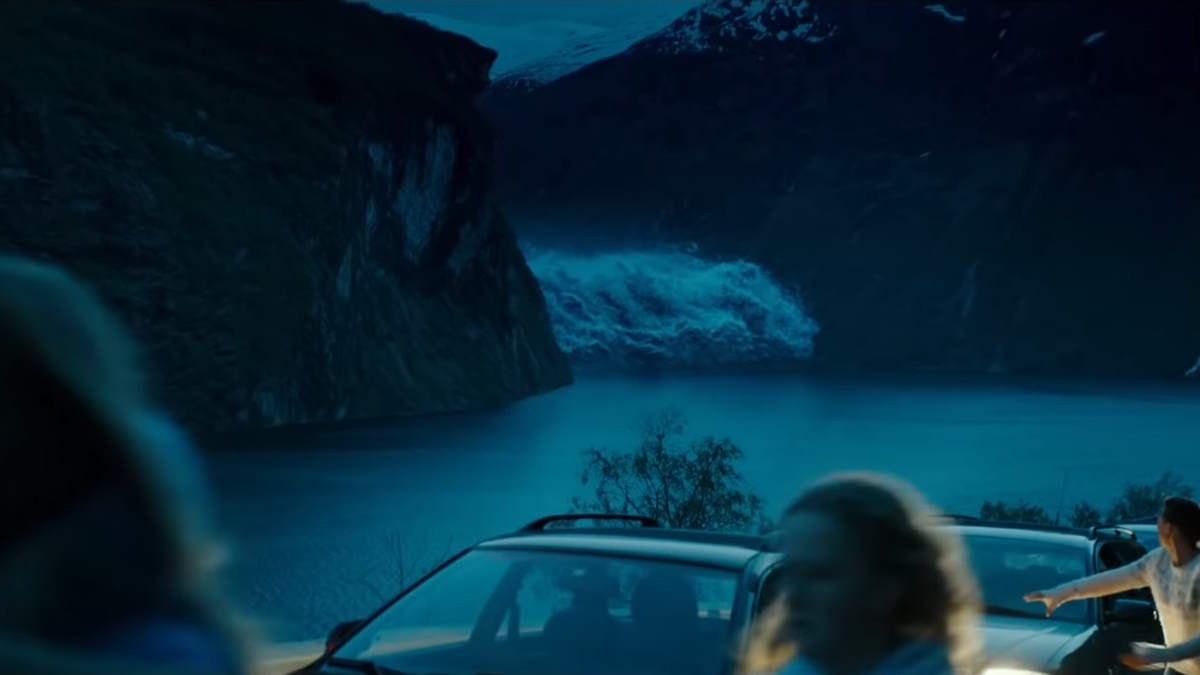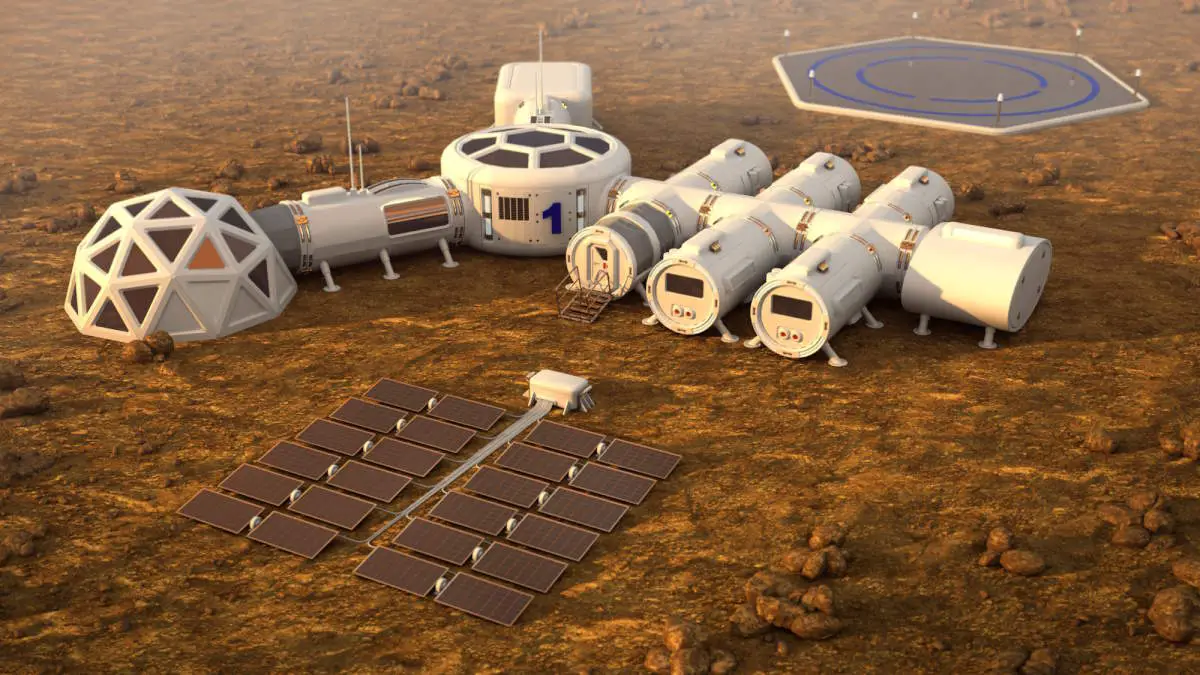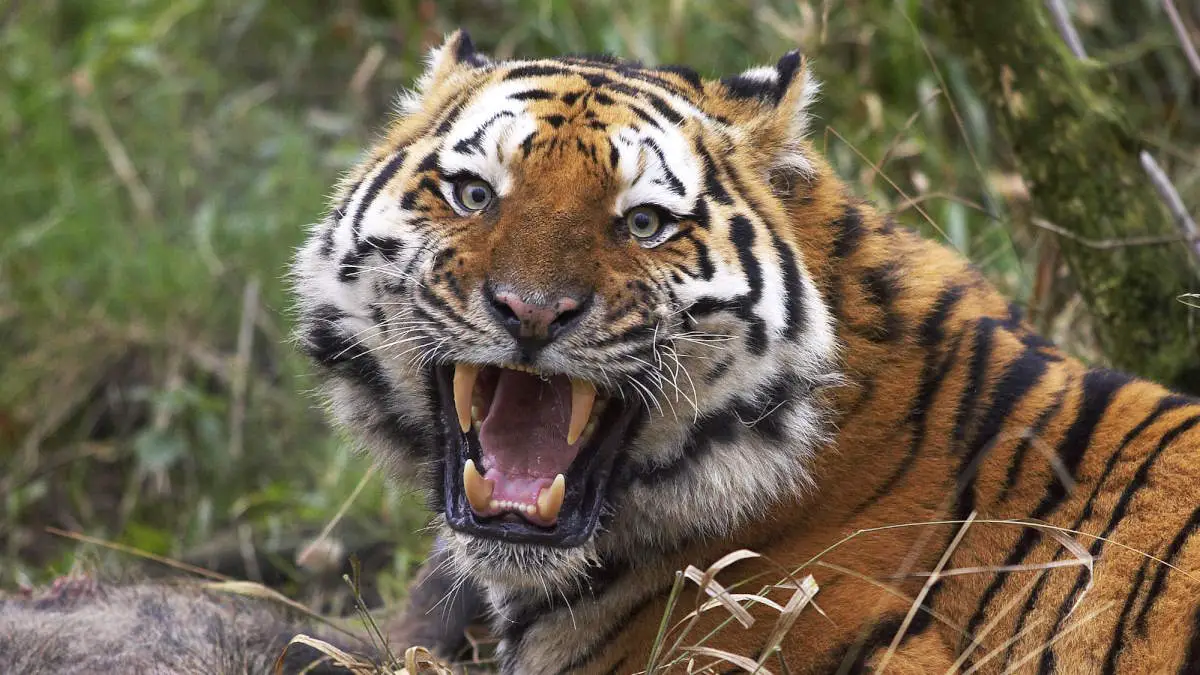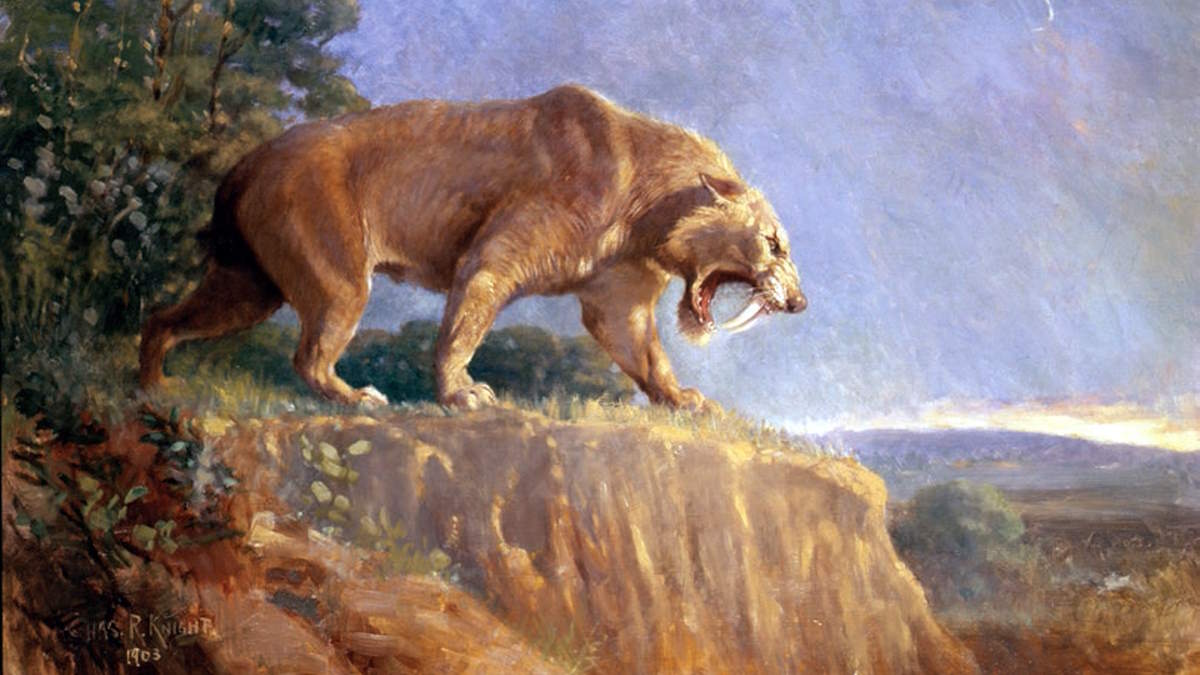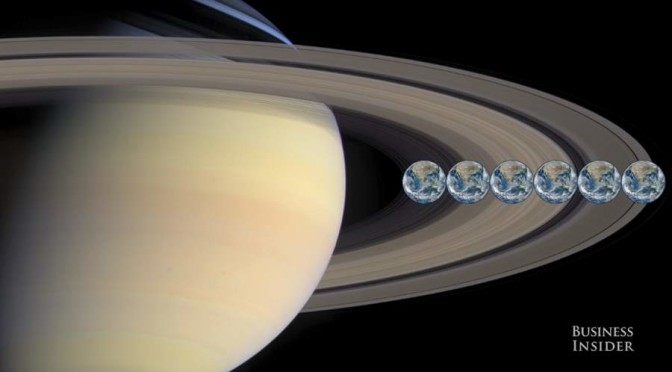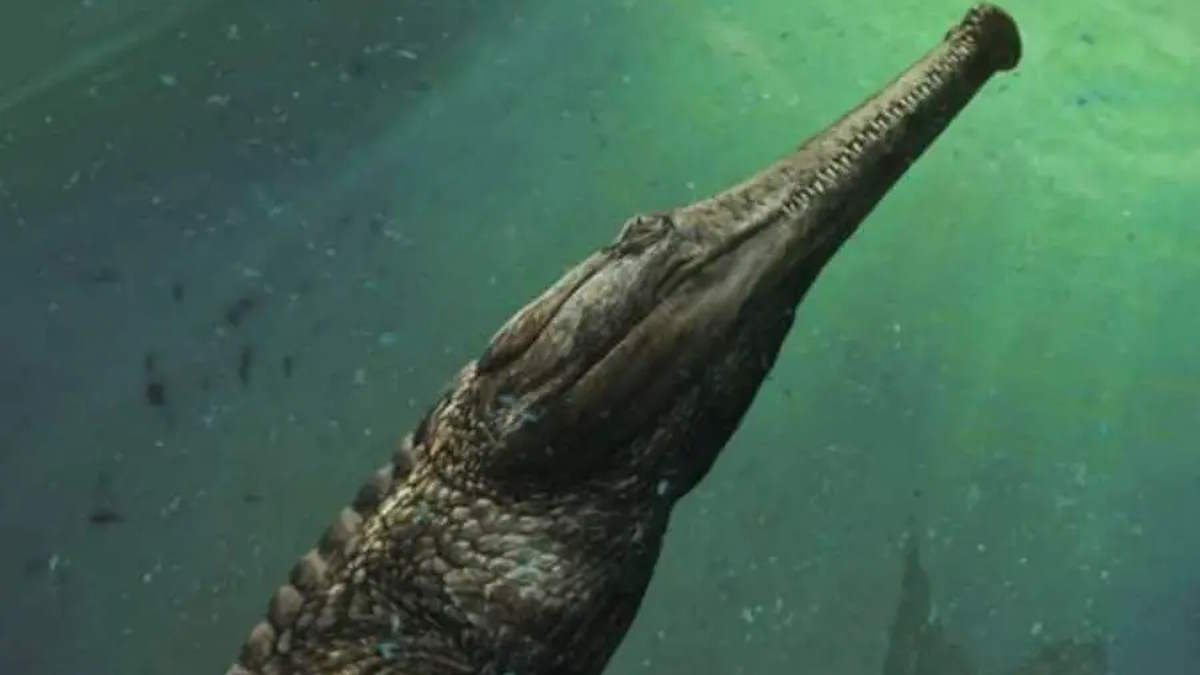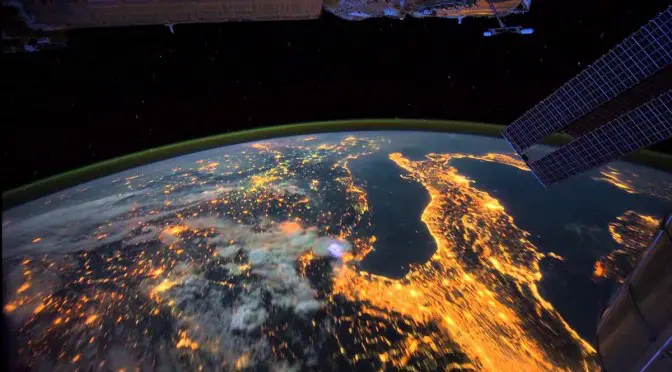Step back in time and delve into the awe-inspiring world of Earth’s largest prehistoric mammals. These colossal creatures, which once roamed the ancient landscapes, captivate our imaginations with their sheer size and extraordinary adaptations. From towering herbivores to formidable carnivores, the fossil record holds evidence of these titans of the past. Unearthed marvels that defy our present-day reality, these magnificent beings offer a glimpse into a bygone era of our planet’s history. Join us on a journey to discover the captivating tales of these ancient giants and unlock the secrets of their remarkable existence.


